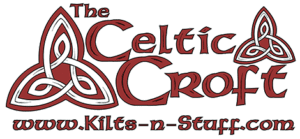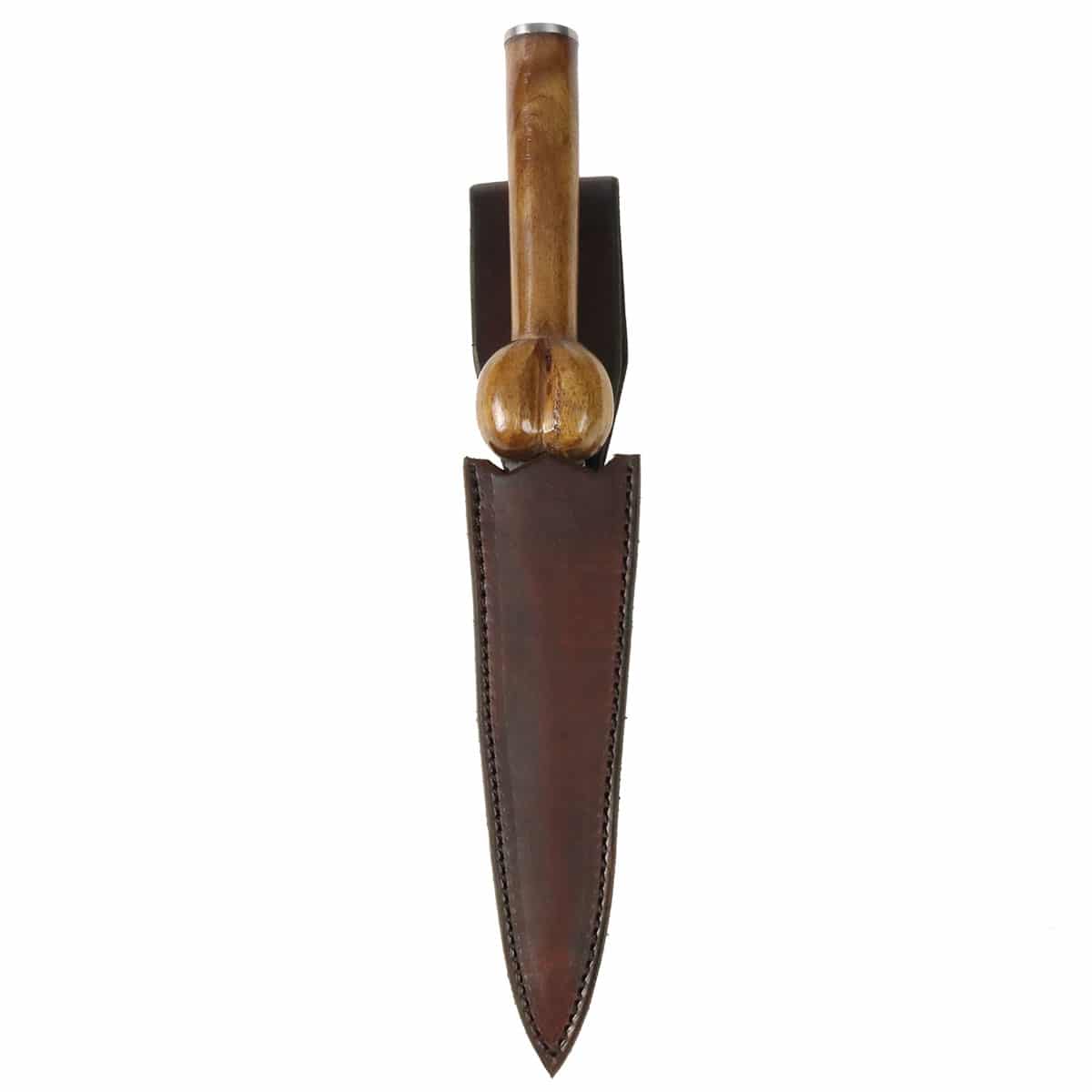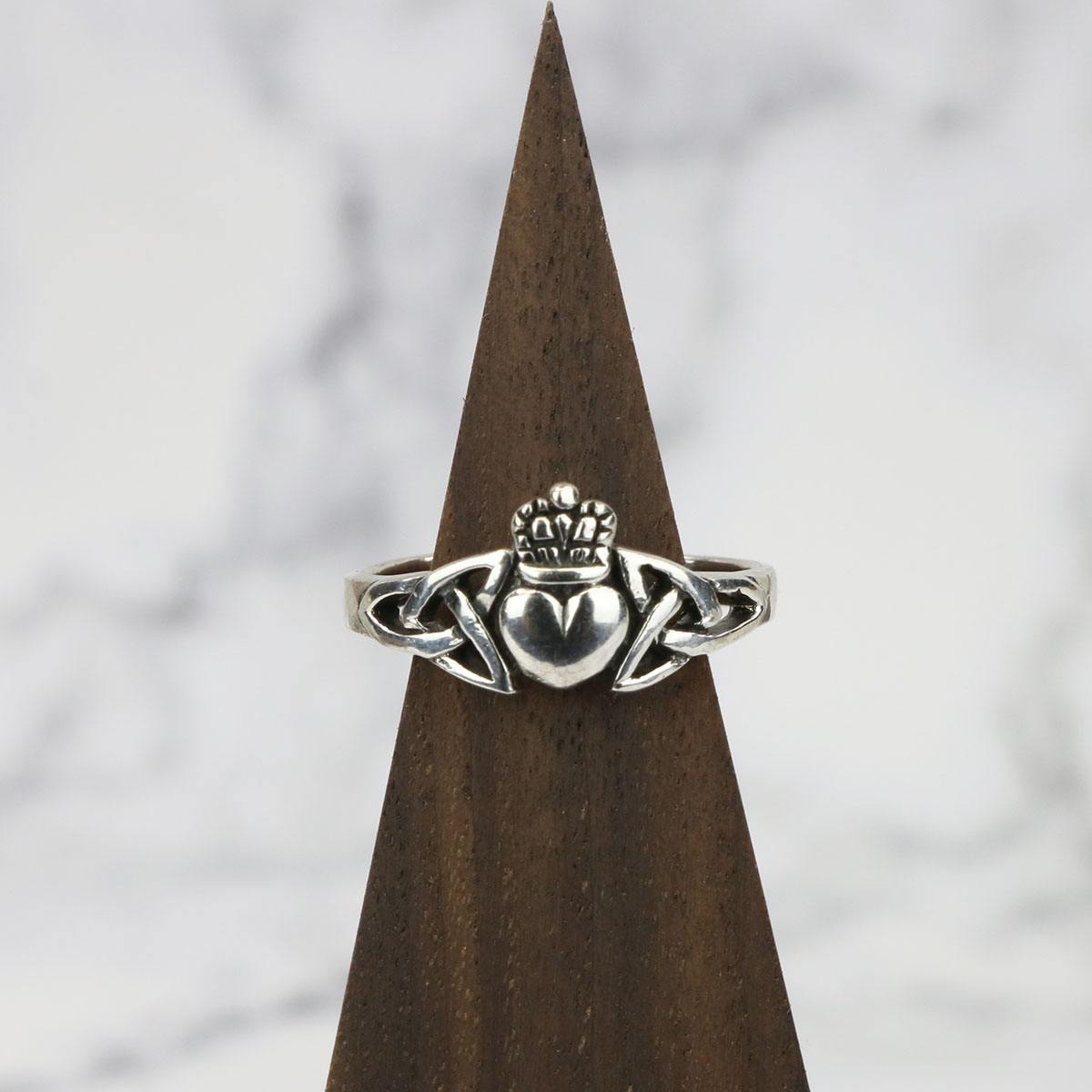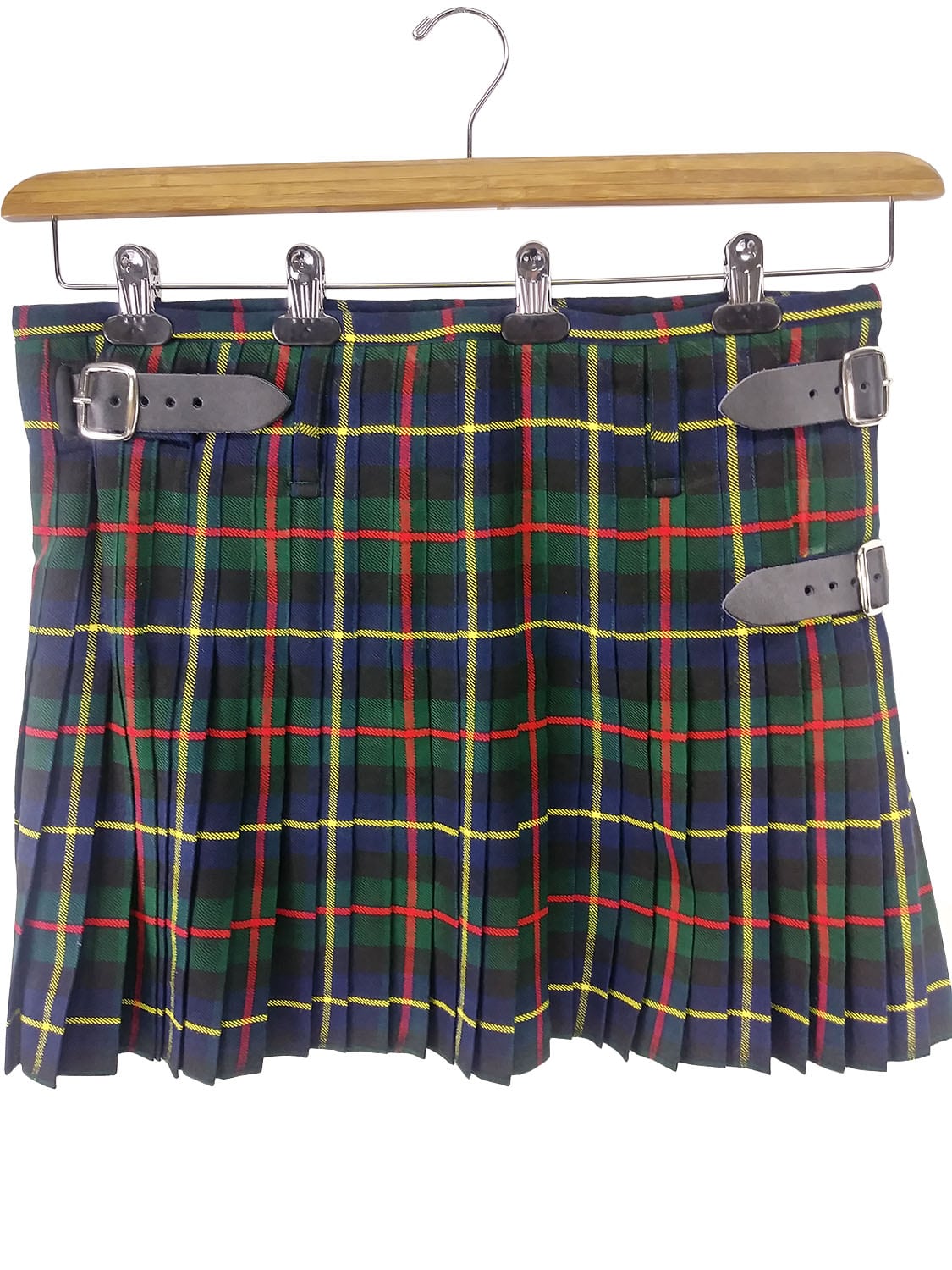Originally published November 2007.
Viking Age Ireland
The Viking influence on Ireland seems to begin at the end of the eight century when the first raids on monastic settlements in Ireland were recorded. By the 840’s it appears that the Viking raiders began to establish “Longphorts” (shipping ports) in Ireland and remained over the winter at Dublin and Anagassan, in County Louth. By 902 A.D. the Vikings in Dublin had been pushed out to northern Britain, but returned to establish an actual town in Dublin in 917 A.D. The Viking age of influence in Ireland seems to have ended around the 1050s about a century longer than is often considered the case in Britain.
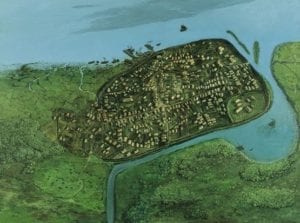
The greatest legacy the Vikings seem to have had on Ireland is the creation of the first real towns with property-owning residents. Prior to the Viking settlements, most large settlements were surrounded and supported the monasteries, whereas the new “urban” areas build by the Vikings were established primarily for trade and commerce. Dublin and other towns were part of an extensive international trading network extending from the Scandinavian countries overland via Russian rivers and portages as far as the Middle East.
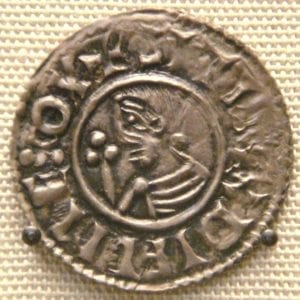
Other Viking contributions to early Irish culture include Ireland’s first coinage in 997 A.D., an increased use of silver, and a large influence on the quality and style of weapon and sword manufacturing.
During the 1960’s and 1970’s in Dublin, the National Museum of Ireland conducted what is probably the largest series of urban archaeological excavations in Europe. These digs provided good picture of Viking-era Dublin. In Fishamble Street over a dozen tenements, yards and plots were unearthed including intact foundation remains for over 150 houses.
The yard divisions consisted primarily of post and wattle fences creating roughly rectangular enclosures positioned at right angles to the street. Often the houses were near the street-end of the plots leaving a large “back yard” and were usually as wide as the plots, so access to the back yards from the street must have been through the house itself. The most common type of house was roughly rectangular and divided into three “strips” down the length of the structure. The center area ran the length of the house and connected the doors at either end usually with a stone hearth at the center. On either side were platforms raised above the ground, probably for sleeping, or as benches during the day. The houses usually measured around 36 square meters (around 387 square feet) probably with a thatched roof.
The town was defended with an earthen embankment which was topped off with a post and wattle along its top. This was replaced by a stone wall during the eleventh century. Evidence of many craftsmen and trades were found, including blacksmiths, copper smiths, comb makers, shoemakers and ship builders. Artifacts of amber, walrus ivory and soapstone provide supporting evidence of the Viking’s trade and commerce.
